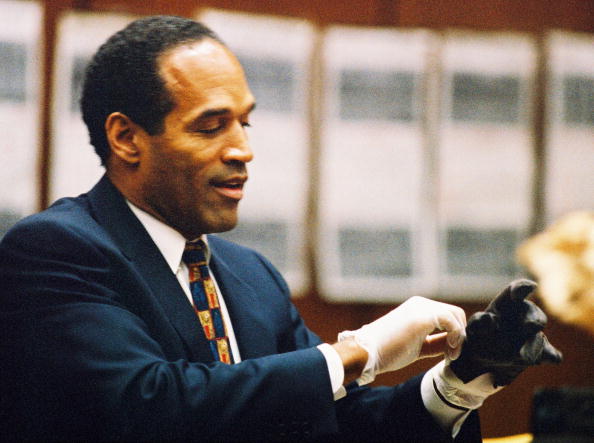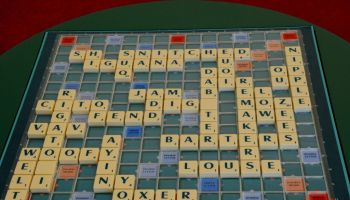From the dusty rock mounds lining the streets to a National Palace that looks like it’s vomiting concrete from its core, rubble is one of the most visible reminders of Haiti’s devastating earthquake.
Rubble is everywhere in this capital city: cracked slabs, busted-up cinder blocks, half-destroyed buildings that still spill bricks and pulverized concrete onto the sidewalks. Some places look as though they have been flipped upside down, or are sinking to the ground, or listing precariously to one side.
By some estimates, the quake left about 33 million cubic yards of debris in Port-au-Prince – more than seven times the amount of concrete used to build the Hoover Dam. So far, only about 2 percent has been cleared, which means the city looks pretty much as it did a month after the Jan. 12 quake.
Government officials and outside aid groups say rubble removal is the priority before Haiti can rebuild. But the reasons why so little has been cleared are complex. And frustrating.
Heavy equipment has to be shipped in by sea. Dump trucks have difficulty navigating narrow and mountainous dirt roads. An abysmal records system makes it hard for the government to determine who owns a dilapidated property. And there are few sites on which to dump the rubble, which often contains human remains.
Click here to view photos:
Also, no single person in the Haitian government has been declared in charge of the rubble, prompting foreign nongovernmental organizations to take on the task themselves. The groups are often forced to fight for a small pool of available money and contracts – which in turn means the work is done piecemeal, with little coordination.
Projects funded by USAID and the U.S. Department of Defense have spent more than $98.5 million to remove 1.2 million cubic yards of rubble.
“There’s not a master plan,” Eric Overvest, country director for the U.N. Development Program, said with a sigh. “After the earthquake, the first priority was clearing the roads. That was the easiest part.”
Overvest said the Interim Haiti Recovery Commission – created after the earthquake to coordinate billions of dollars in aid – has approved a $17 million plan to clear rubble from six neighborhoods in Port-au-Prince. The neighborhoods have not yet been selected, however, and it’s unclear when debris will be removed from other areas.
Related:
Earthquake accentuated wealth gap in Haiti
// <















